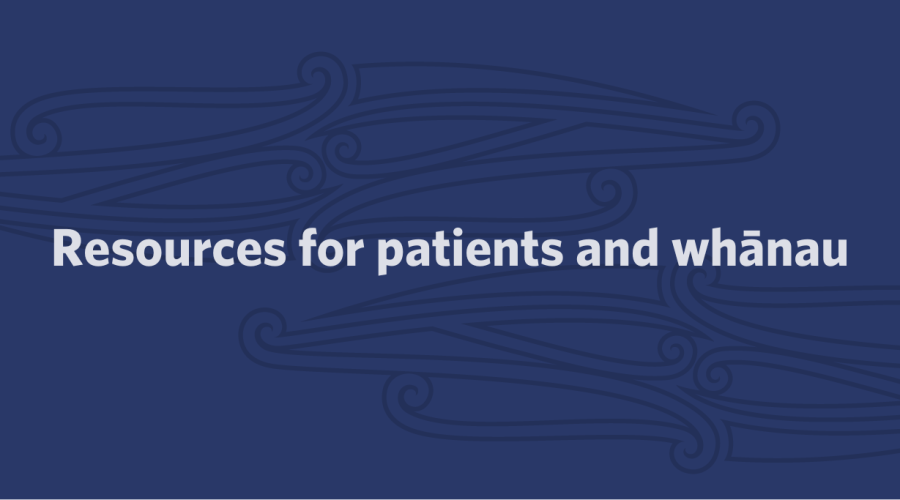Sepsis arises when the body’s response to an infection injures its own tissues and organs. It can lead to shock, multi-organ failure, and death – especially if not recognised early and treated promptly.
Sepsis is a leading cause of deaths while in hospital in the developed world. In Australia and New Zealand, approximately 15,000 patients are admitted to intensive care units each year with sepsis.
Māori and Pacific communities experience sepsis at significantly higher rates than non-Māori and non-Pacific populations, amplifying health disparities in this country.
If caught early, sepsis can be successfully treated using antibiotics, intravenous fluids and other supportive measures.
Raise the Flag: sepsis quality improvement package
The sepsis quality improvement package provides a standard approach across New Zealand to treat sepsis. It supports health professionals working in hospitals by providing tools and resources to improve early recognition and treatment of patients with sepsis.
We worked with Sepsis Trust NZ and a multidisciplinary sepsis technical advisory group, with representatives from clinical professional bodies from paediatrics, maternity, general medicine, emergency medicine, intensive care and infectious diseases to develop the resources. It provided clinical expertise, insights and strategic feedback.
Guidance, tools and learning
The national sepsis package of resources supports a standard approach for health professionals working in hospitals. There are evidence-based resources, including sepsis pathway tools, clinical and measurement guides and learning material to support the health sector implement the national quality improvement package.
Sepsis quality improvement package: implementation guide
This guide outlines the steps for successfully implementing the sepsis quality improvement package.
Use the guides, tools, and learning resources below to support implementation.
Further information
If you have questions or want to provide feedback on the sepsis resources email: sepsis@hqsc.govt.nz




